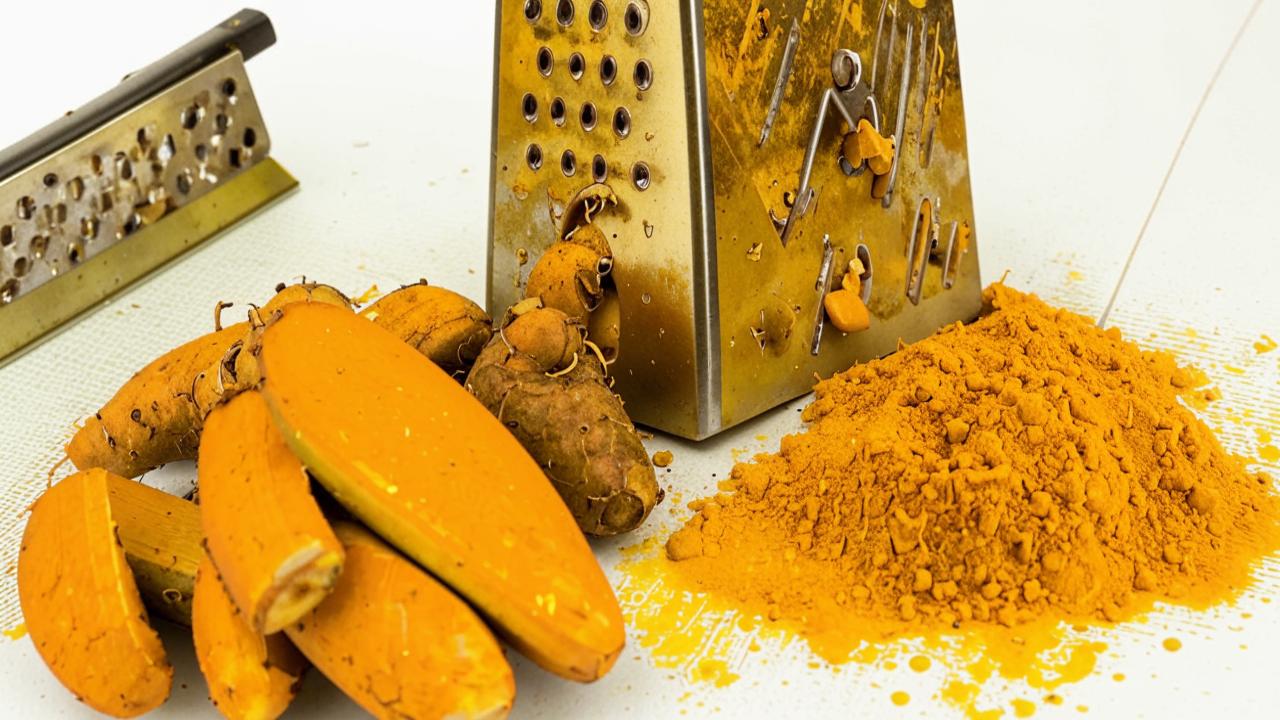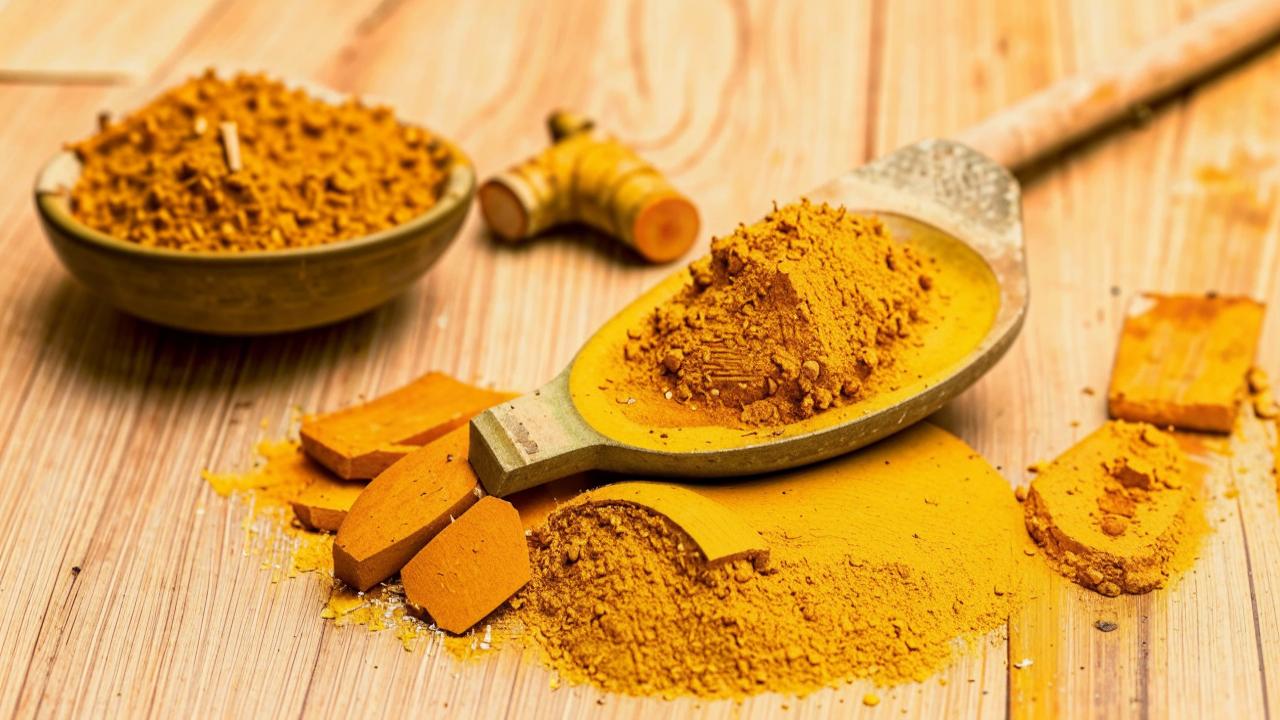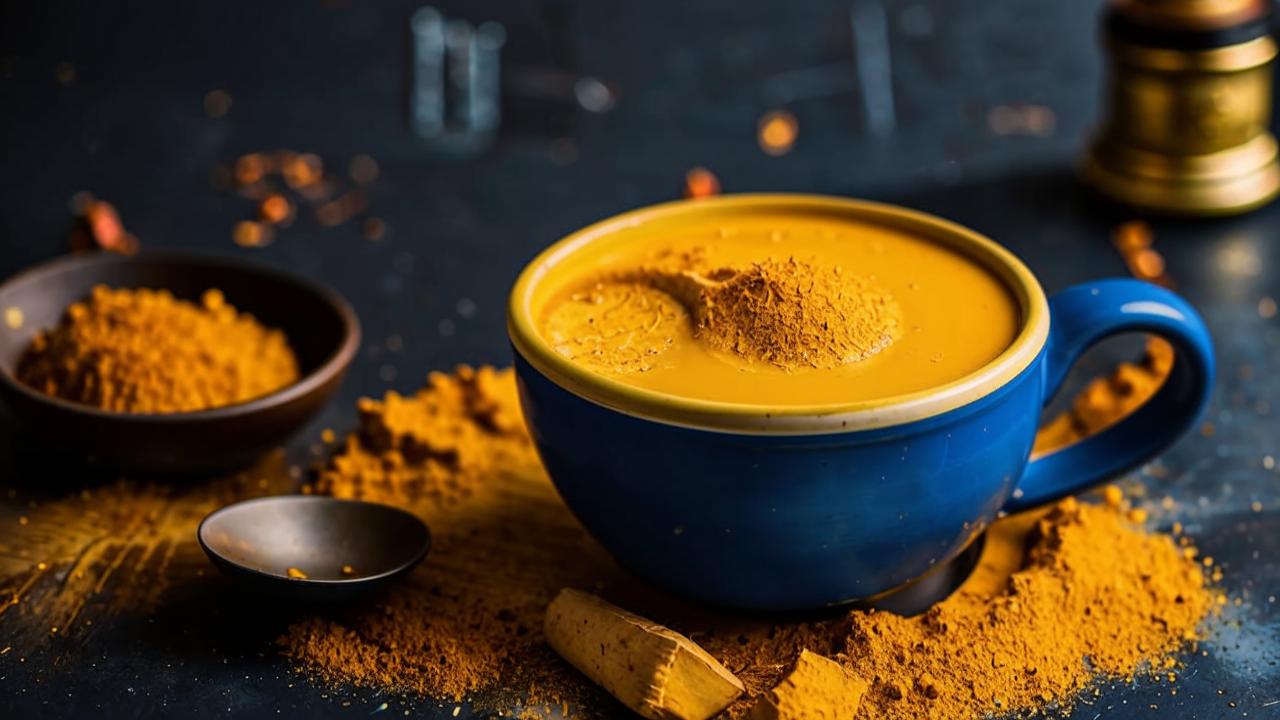Curcuma, or “golden spice” as it is also known, is an Asian spice with many beneficial properties. It is obtained from the crushed and dried roots of the plant of the same name. The spice is widely known not only in the countries of East Asia, but also in Russia. What benefits it brings to the body and how to use it properly, tells nutritionist Anna Glumova.
What useful properties does turmeric have?
Turmeric is a root of the ginger family, used as a spice, coloring agent and for medicinal purposes. The main active ingredient in turmeric is curcumin:
A strong antioxidant: it activates the production of antioxidant enzymes in the body’s cells, resulting in a reduction of free radicals;
natural immunomodulator: complex increases the body’s resistance, as it is an adaptogen (other known adaptogens: ginseng, royal jelly, eleutherococcus, mummy, reishi mushroom and others);
anti-inflammatory: inhibits molecules involved in inflammation and regulates enzymes associated with inflammation;
cancer-protective: it causes cancer cells to die.

In addition, curcumin helps brain function, used for stroke, Parkinson’s disease, Alzheimer’s (promotes neuronal growth and protects existing neuronal connections), lowers cholesterol and blood sugar levels.
Although curcumin is not water soluble, it is well absorbed when combined with vegetable oil and black pepper.
Turmeric also contains good doses of iron, manganese and potassium.
Are there any contraindications?
In addition to its proven beneficial properties, turmeric also has a number of contraindications:
- Taking medications aimed at thinning the blood (anticoagulants, antiplatelet);
- presence of hidden wounds, erosions, ulcers, hemorrhoids, gastritis (there is a risk of bleeding);
- low blood pressure (turmeric will reduce it even more);
- type 1 diabetes (a sharp drop in blood sugar levels is possible);
- cholelithiasis (curcumin stimulates bile flow – this is dangerous in the presence of stones).

All this applies to the use of curcumin preparations in therapeutic (large) doses. Turmeric itself should not be consumed on an empty stomach, and pregnant and lactating women and children under six years old should not overdo it with this spice.
How to use turmeric?
It is important to realize that the curcumin content in turmeric is only 3%, so in the form of root, juice or spice, it can hardly cure or harm. For therapeutic purposes, curcumin preparations are used (the best in terms of absorption – micellar formulation of liposomal curcumin).
The drug should be prescribed by a doctor – the dosage and interaction with other drugs is important.
For preventive purposes and for general health improvement, it is useful to introduce turmeric in the diet in the form of a spice: it is better to buy it not in the supermarket, but in a specialized store, preferably marked “Organic”. The spice can be added to sauces, cream soups or prepare a trendy coffee drink with whipped milk, honey, turmeric and pepper.

It is best to use turmeric in the fall and winter period course of at least 1.5-2 months (the effect is cumulative). And it is better to do it in the morning, with a meal or after a meal, but not on an empty stomach!
You can also buy fresh root of the plant (sold in some supermarkets), grate it and add it to tea, like ginger, with honey and lemon.
And turmeric is also great for cosmetic procedures – it contains many biologically active components, and due to them prevents wrinkles, pigmentation, increases skin immunity, has antibacterial, antiviral and antifungal action.
How to prepare a useful drink from turmeric?
The juice of turmeric can be used in the preparation of immune-stimulating drinks. For example, shota with turmeric to strengthen immunity.
Jums reikės:
- orange – 2 pcs;
- lemon – 2 pcs;
- ginger root – 150 g; turmeric root – 150 g;
- a pinch of black pepper;
- honey – 1 tbsp.

Squeeze the juice from citrus fruits, ginger and turmeric, stir in pepper and honey. You will get 400 ml of immune booster. You can drink it up to 200 ml a day, breaking it into 2-3 receptions. The drink should be stored in the refrigerator for up to three days. But to get the maximum benefit, it is better to consume fresh.





